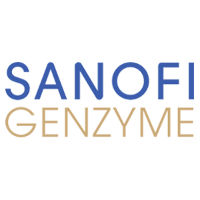Request Demo
Last update 08 May 2025
ACAT1
Last update 08 May 2025
Basic Info
Synonyms ACAT, ACAT1, acetoacetyl Coenzyme A thiolase + [7] |
Introduction This is one of the enzymes that catalyzes the last step of the mitochondrial beta-oxidation pathway, an aerobic process breaking down fatty acids into acetyl-CoA (PubMed:1715688, PubMed:7728148, PubMed:9744475). Using free coenzyme A/CoA, catalyzes the thiolytic cleavage of medium- to long-chain 3-oxoacyl-CoAs into acetyl-CoA and a fatty acyl-CoA shortened by two carbon atoms (PubMed:1715688, PubMed:7728148, PubMed:9744475). The activity of the enzyme is reversible and it can also catalyze the condensation of two acetyl-CoA molecules into acetoacetyl-CoA (PubMed:17371050). Thereby, it plays a major role in ketone body metabolism (PubMed:1715688, PubMed:17371050, PubMed:7728148, PubMed:9744475). |
Analysis
Perform a panoramic analysis of this field.
login
or

AI Agents Built for Biopharma Breakthroughs
Accelerate discovery. Empower decisions. Transform outcomes.
Get started for free today!
Accelerate Strategic R&D decision making with Synapse, PatSnap’s AI-powered Connected Innovation Intelligence Platform Built for Life Sciences Professionals.
Start your data trial now!
Synapse data is also accessible to external entities via APIs or data packages. Empower better decisions with the latest in pharmaceutical intelligence.
Bio
Bio Sequences Search & Analysis
Sign up for free
Chemical
Chemical Structures Search & Analysis
Sign up for free


